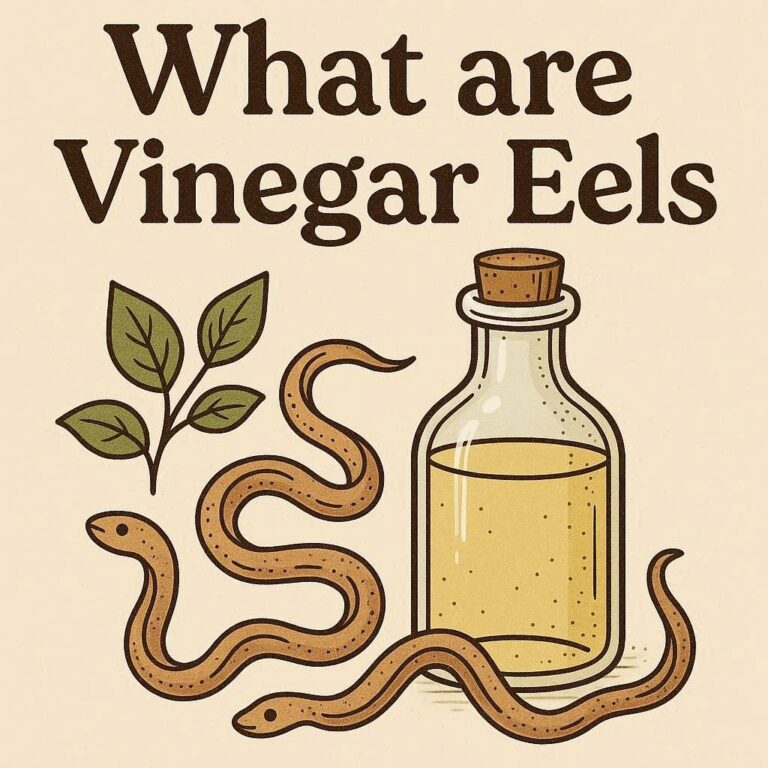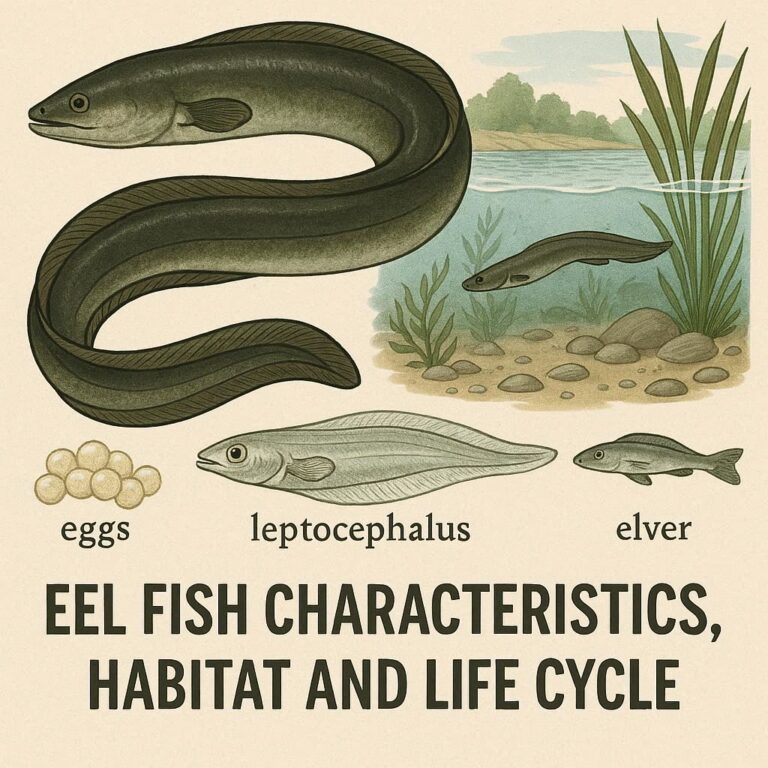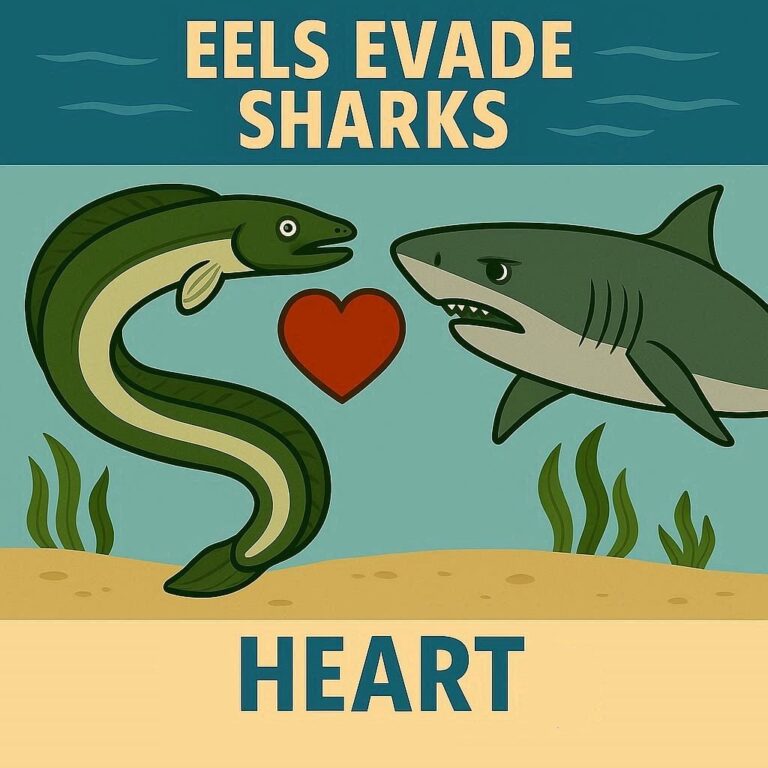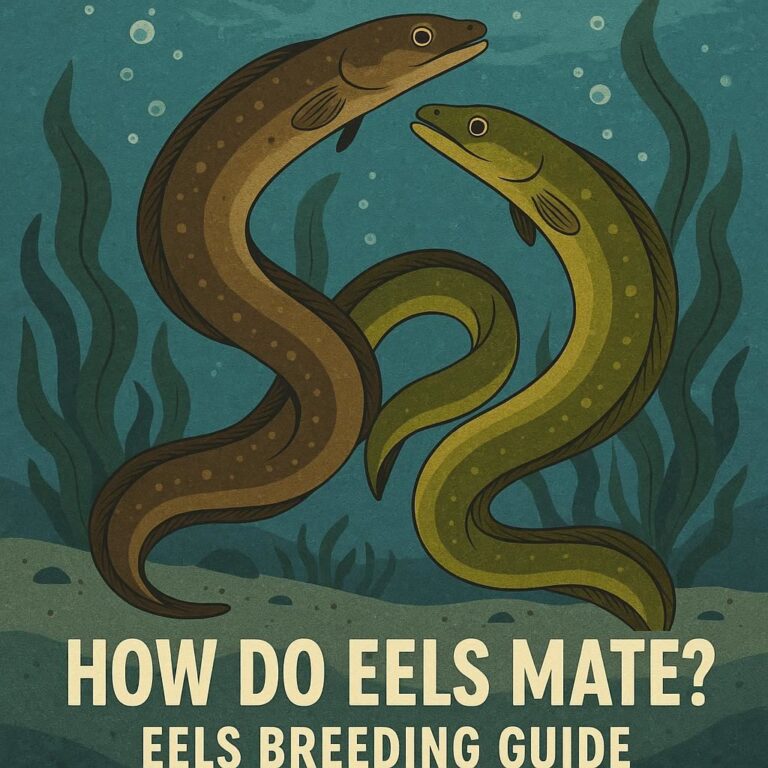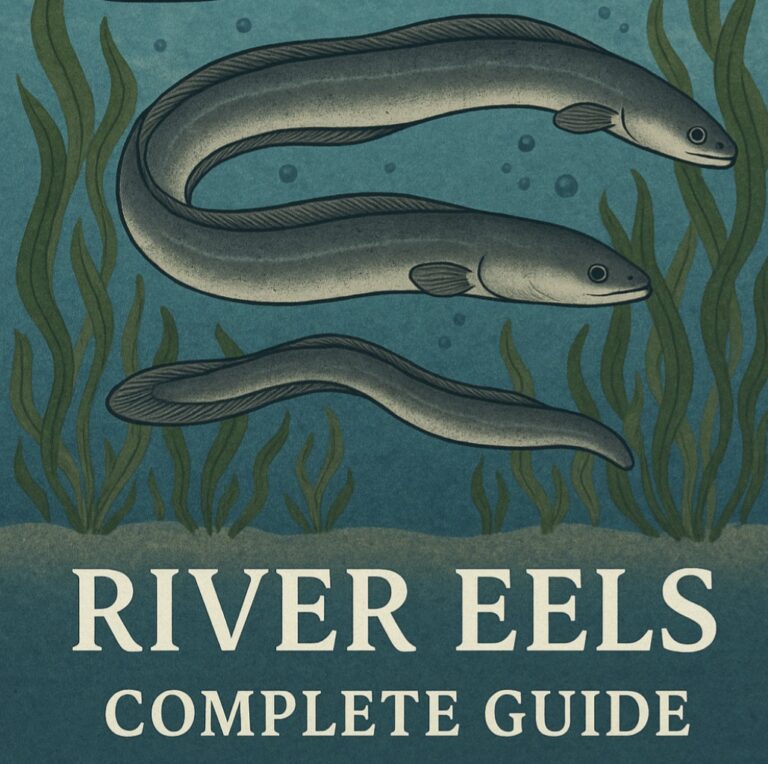
Eel, including the popular Japanese delicacy unagi, is enjoyed by many humans worldwide. But can dogs safely indulge in this seafood treat? In this comprehensive guide, we’ll explore the benefits and risks of feeding eel and unagi to dogs, along with essential preparation tips to ensure your furry friend’s safety.
Understanding Eel and Unagi:
Eel is a long, snake-like fish found in both freshwater and saltwater environments. It is often prized in culinary traditions worldwide for its tender flesh and rich flavor.
Unagi specifically refers to freshwater eel that has been grilled and glazed with a sweet soy-based sauce. It is a popular dish in Japanese cuisine, often served over rice.
Nutritional Profile of Eel and Unagi Both eel and unagi are rich sources of protein and contain essential nutrients such as omega-3 fatty acids, vitamins, and minerals beneficial for canine health.
Benefits of Feeding Eel and Unagi to Dogs:
Omega-3 Fatty Acids for Heart Health Eel and unagi are excellent sources of omega-3 fatty acids, which play a crucial role in maintaining heart health and reducing inflammation in dogs.
Essential Vitamins and Minerals These seafood options provide essential vitamins such as A, B1, B2, B12, D, and E, along with minerals like phosphorus, which contribute to overall canine wellness.
Low Sodium Content Unlike many processed dog treats, eel and unagi have low sodium content, making them suitable for dogs with dietary restrictions or conditions like hypertension.
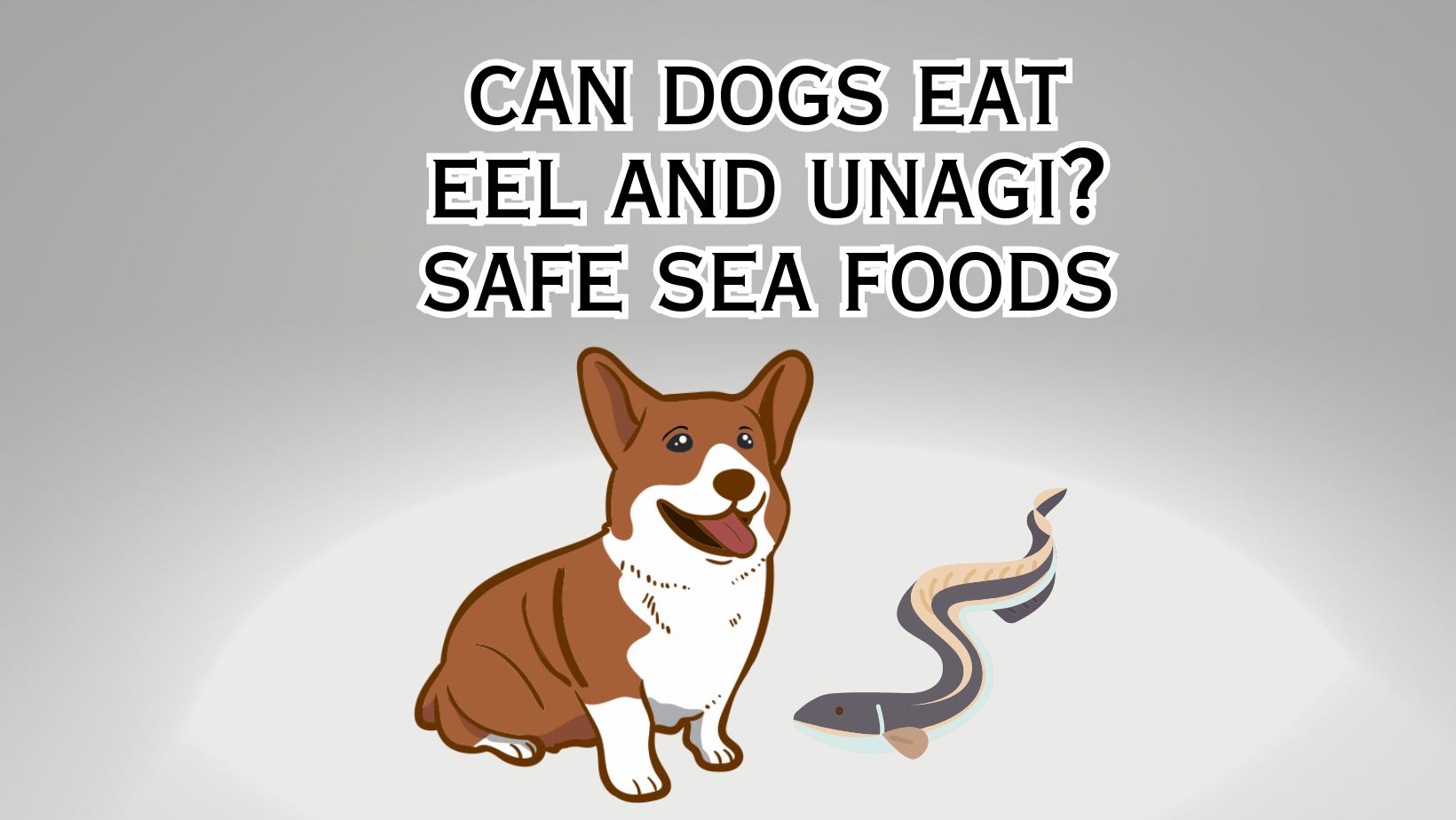
Risks Associated with Eel and Unagi Consumption:
Choking Hazard from Bones Eel and unagi bones can pose a choking hazard for dogs, especially if not thoroughly removed before feeding. Careful preparation is essential to minimize this risk.
Potential Poisoning from Raw Eel Blood Raw eel blood contains toxic proteins that can be harmful to dogs if ingested. Cooking eel thoroughly eliminates this risk, but raw consumption should be avoided.
Tough and Slippery Skin The tough and slippery skin of eel can also present a choking hazard for dogs, particularly if consumed in large pieces. Skin removal is crucial before feeding.
Preparation Tips for Feeding Eel and Unagi to Dogs:
Thorough Cleaning and Removal of Skin and Bones Before cooking, eel and unagi should be thoroughly cleaned, and all bones and skin should be removed to prevent choking and other complications.
Cooking Eel Thoroughly to Eliminate Risks Eel should be cooked thoroughly to ensure that any harmful bacteria or parasites are destroyed. Grilling, baking, or boiling are suitable cooking methods.
Serving Eel and Unagi in Moderation While eel and unagi can be a nutritious addition to a dog’s diet, they should be served in moderation to avoid overconsumption and potential health issues.
Safe Alternatives to Eel and Unagi for Dogs:
Fish Options That Are Safer for Dogs If eel and unagi are not suitable for your dog or you prefer safer alternatives, consider fish options such as salmon, tuna, or whitefish, which offer similar nutritional benefits.
Homemade Treats with Similar Benefits You can also prepare homemade treats using dog-safe ingredients rich in omega-3 fatty acids and essential nutrients to provide similar health benefits without the risks associated with eel and unagi.
FAQs About Dogs Eating Eel and Unagi:
Can Dogs Eat Raw Eel or Unagi?
Raw eel and unagi pose risks of bacterial contamination and toxic exposure and should be avoided. Cooking thoroughly is essential.
Are There Any Allergy Concerns?
While allergic reactions to eel and unagi are rare in dogs, it’s always recommended to monitor for any signs of adverse reactions after consumption.
How Often Can Dogs Enjoy Eel or Unagi?
Eel and unagi should be considered occasional treats rather than staple foods in a dog’s diet. They can be offered as part of a balanced diet, but moderation is key.
Other Sea Food Safe for Dogs
- Salmon: Rich in omega-3 fatty acids, salmon promotes healthy skin and coat and supports joint health.
- Whitefish: Mild in flavor and low in fat, whitefish is easy for dogs to digest and provides essential nutrients.
- Light Canned Tuna: A convenient option, light canned tuna is a good source of lean protein for dogs.
- Herring: Herring is packed with omega-3 fatty acids and offers various health benefits for dogs.
- Cod: Cod is a lean fish rich in protein, making it a suitable option for dogs with sensitive stomachs.
- Whiting: Whiting is a low-calorie fish that provides protein and essential nutrients for dogs.
- Flounder: Flounder is a mild-tasting fish that is easy for dogs to chew and digest.
- Catfish: Catfish is a freshwater fish that offers a good source of protein and healthy fats for dogs.
- Sardines: Sardines are small, oily fish that are packed with omega-3 fatty acids and other nutrients beneficial for dogs.
- Anchovies: Anchovies are rich in protein and omega-3 fatty acids, making them a nutritious addition to a dog’s diet.
When feeding seafood to dogs, it’s important to remove any bones, cook it thoroughly, and avoid adding seasonings, oils, or sauces that may be harmful to dogs. Additionally, it’s essential to feed seafood to dogs in moderation and monitor for any adverse reactions or digestive issues. Consulting with a veterinarian before introducing new foods into a dog’s diet is recommended to ensure their safety and well-being.
Conclusion:
In conclusion, while eel and unagi offer potential health benefits for dogs, they also come with risks that must be carefully considered. By following proper preparation guidelines and serving eel in moderation, you can safely treat your canine companion to this seafood delicacy.
Remember, it’s always best to consult with your veterinarian before introducing new foods into your dog’s diet to ensure they are safe and suitable for your pet’s individual needs.

